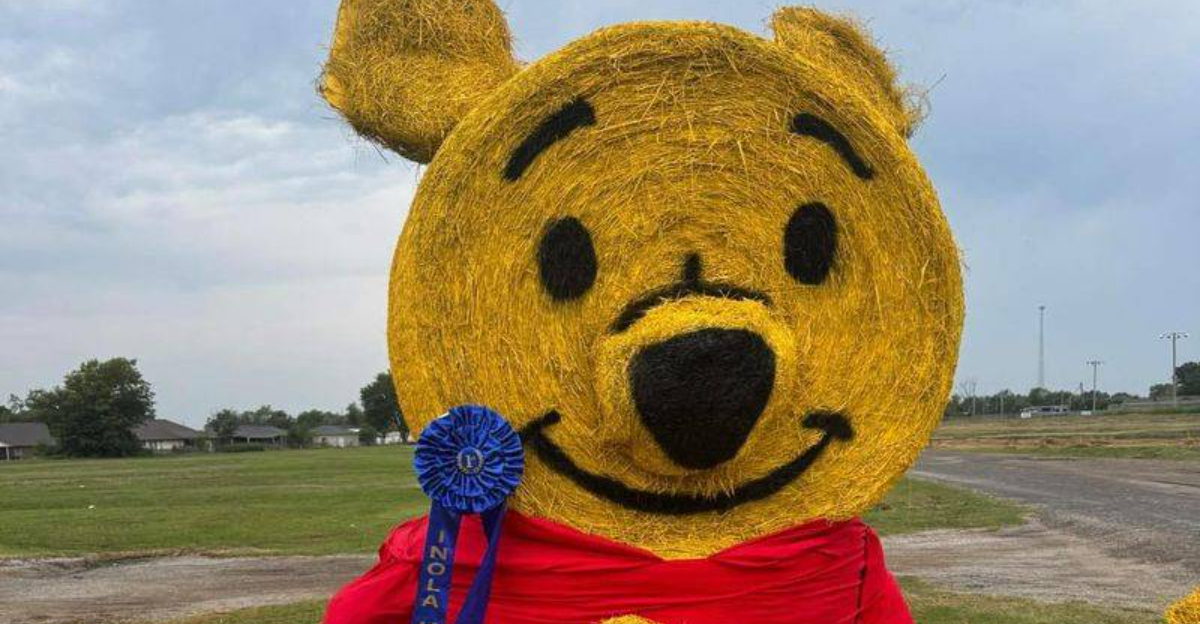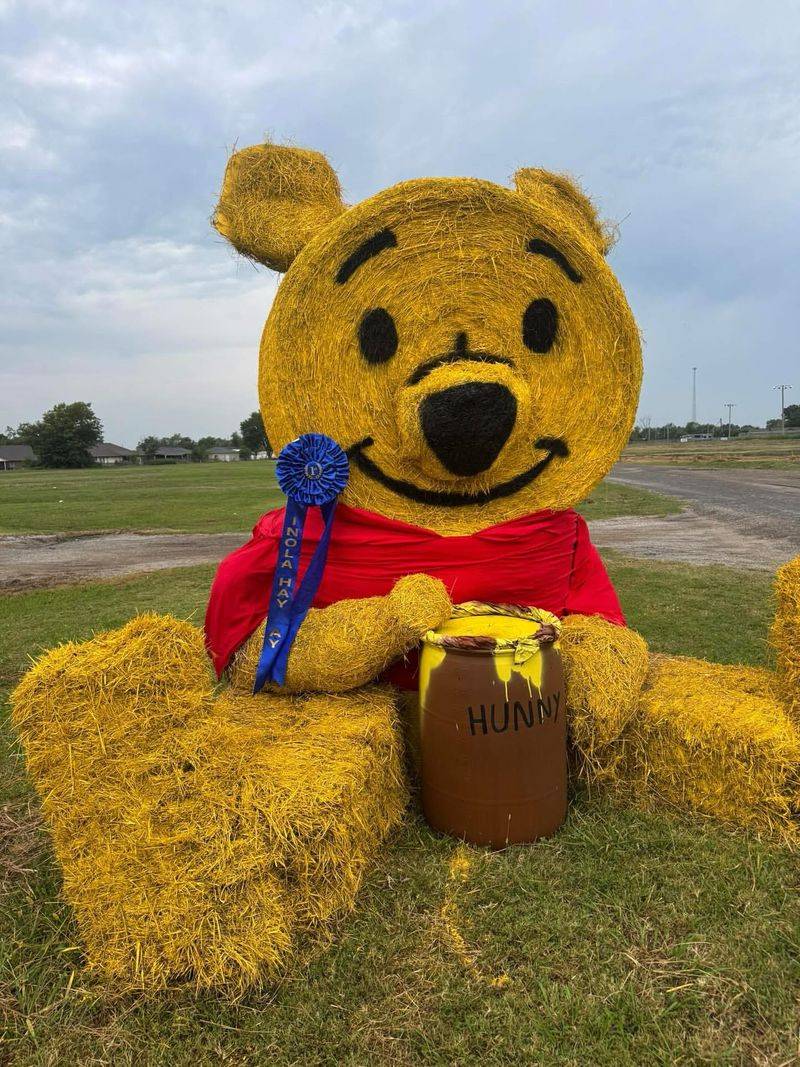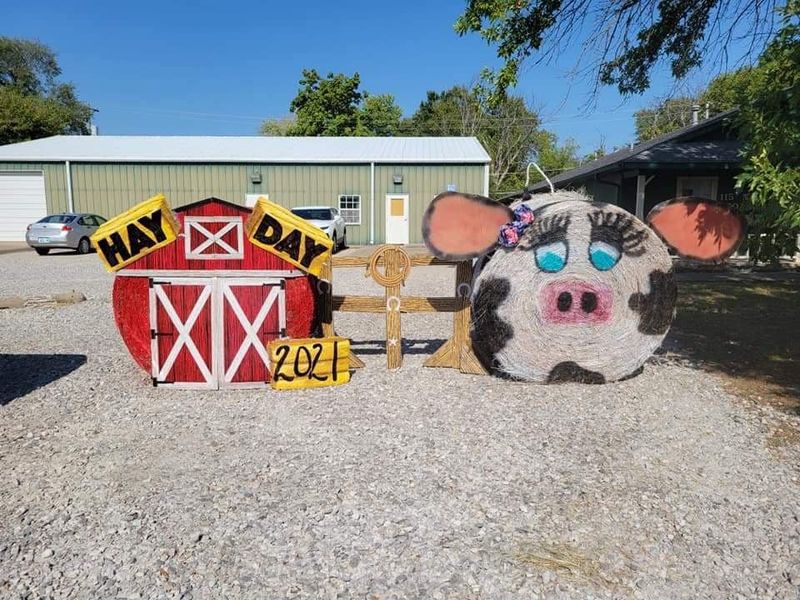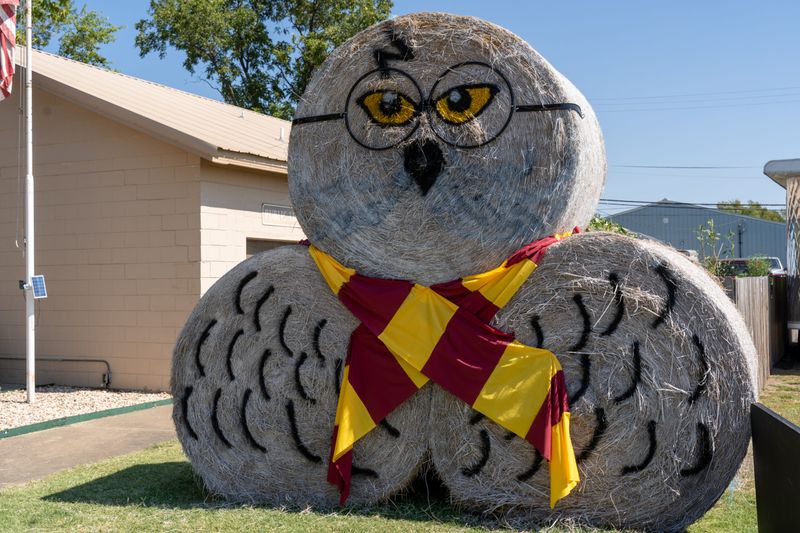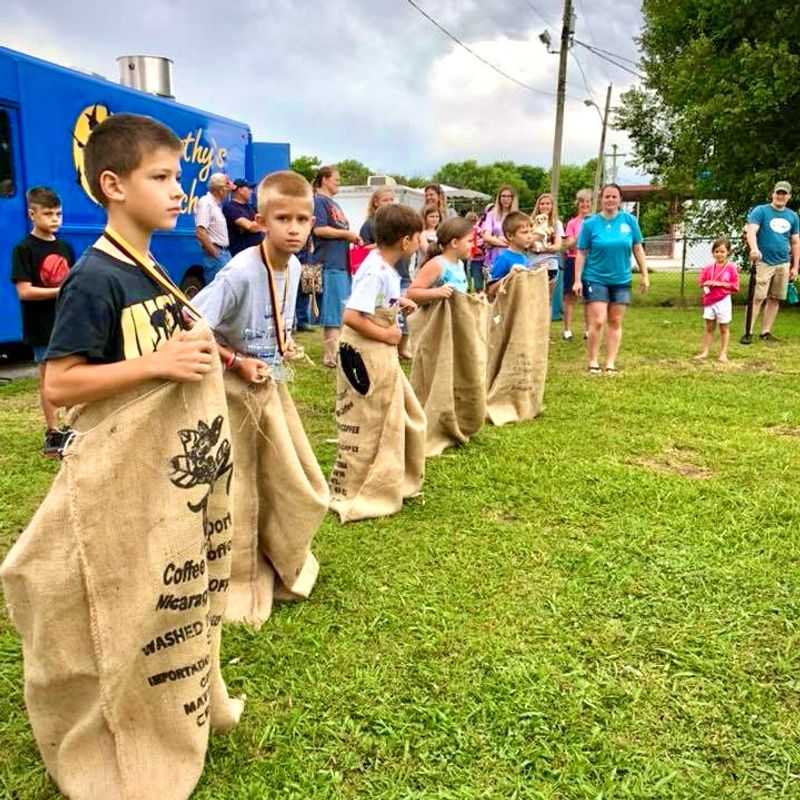Nestled in Rogers County, Oklahoma, the small town of Inola has earned the nickname ‘Hay Capital of the World’ thanks to its agricultural heritage. Each year, this charming community of roughly 1,890 residents transforms their town into a living art gallery during the annual Hay Day festival. What began in 1960 as a simple celebration has grown into a beloved tradition featuring creative hay bale sculptures, community activities, and a showcase of rural Oklahoma culture.
Inola: The Hay Capital’s Proud Heritage
Fields of golden hay stretch across the horizon in Inola, Oklahoma, where farming traditions run generations deep. The quality of hay grown here isn’t just good—it’s exceptional enough to earn this small town its impressive nickname: ‘The Hay Capital of the World.’
Local farmers have perfected cultivation techniques passed down through families, producing hay that’s sought after throughout the region. This agricultural excellence forms the backbone of Inola’s identity and economy.
Beyond mere crop production, hay represents community resilience here. When other rural towns faced decline, Inola embraced its agricultural roots, turning a simple farm product into a source of civic pride that unites residents year after year.
Hay Day Festival: From Humble Beginnings to Cultural Cornerstone
Back in 1960, a few local farmers gathered at Inola’s general store and sparked what would become the town’s defining celebration. ‘If other towns have festivals,’ they reasoned, ‘why shouldn’t we celebrate what we do best?’
Six decades later, Hay Day draws visitors from across Oklahoma and neighboring states. The festival beautifully balances old and new—traditional hay bale throwing competitions share space with modern carnival rides, while homemade pie contests happen alongside food truck rallies.
What makes Hay Day special is how it honors agricultural work through celebration rather than ceremony. The festival transforms farm labor into joyful competition, creating memories that strengthen community bonds across generations.
Creative Hay Sculptures: Where Agriculture Meets Art
Walking through Inola during Hay Day feels like exploring an open-air gallery where giant hay sculptures transform the landscape. Local families, businesses, and school groups spend weeks planning and creating these temporary masterpieces that line Main Street and Fleming Park.
From life-sized tractors to storybook characters, these sculptures showcase incredible creativity using just hay bales, twine, and paint. The annual decorating contest awards prizes in several categories, with the coveted ‘People’s Choice’ trophy generating friendly competition among participants.
What started as simple decorated hay bales has evolved into sophisticated installations that photographers travel specifically to capture. These sculptures represent Inola’s unique ability to blend rural traditions with artistic expression.
Festival Highlights That Bring the Community Together
Saturday morning’s parade kicks off the heart of Hay Day, with tractors decorated in streamers, local high school bands, and the crowning of the Hay Queen. Children’s faces light up during the frog jumping contests and sack races held in the shade of oak trees at Fleming Park.
Food stands operated by church groups and civic organizations fill the air with irresistible smells of funnel cakes and barbecue. The rodeo exhibition draws cheers as local riders showcase skills passed down through generations.
As evening approaches, blankets spread across the lawn for the live music performances. Couples of all ages twirl during the street dance while fireflies begin to appear—creating magical moments that keep families returning year after year.
Why This Small-Town Celebration Matters
Hay Day serves as Inola’s economic boost each September, filling local shops and bringing much-needed tourism dollars to this small community. Visitors often discover the town’s charm extends beyond the festival, returning throughout the year.
For locals, the festival reinforces cultural identity in an age when rural traditions sometimes fade away. Young people who participate in hay art competitions or volunteer at booths develop pride in their hometown heritage rather than seeing it as something to leave behind.
Most importantly, Hay Day creates intergenerational connections. Grandparents who threw hay bales in competitions decades ago now watch their grandchildren do the same, creating a living thread of community that strengthens Inola against whatever challenges the future brings.
